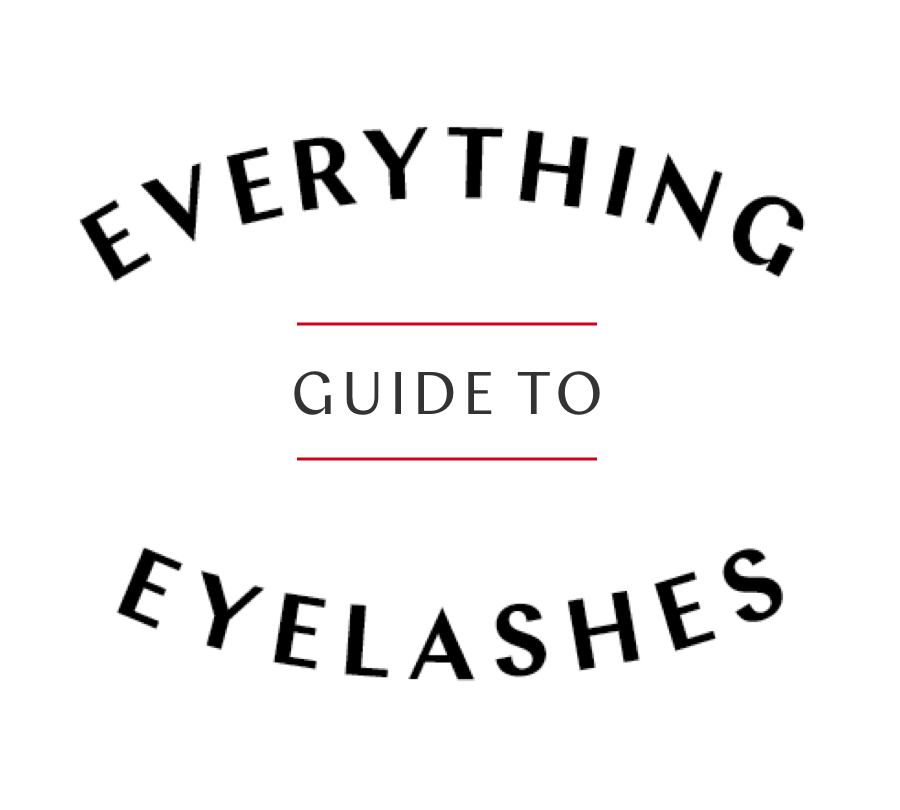
Eyelashes have the impressive ability to transform your face. The Everything Guide to Eyelashes is a week of stories on the Cut about lashes, from all the mascaras we’ve obsessively tested to our personal feelings about why eyelashes matter.
Add a pair of eyelashes to Mickey Mouse and you’ll get Minnie Mouse. Add eyelashes to Bugs Bunny, and you’ll get Lola Bunny. Similarly, the only facial difference between Disney’s incarnation of Robin Hood and his female counterpart Maid Marian was, you guessed it, her fluttery black lashes — and there’s a multimillion-dollar industry built on the (bizarre) notion that when you add eyelashes to your car, you suddenly have a lady car.
These were, by and large, things my brother knew when, at age 10, he decided to cut his own eyelashes. Long and sweeping enough to brush the lenses of his sunglasses and attract compliments from old ladies, his lashes embarrassed him: Weren’t long eyelashes for girls? Didn’t they make you pretty? He was a boy. So off those lashes went, with a few swift chops from a pair of child-sized scissors. When he showed his handiwork to our mother, she wept.
Long eyelashes are in no technical or biological sense a lady thing. Some scientists believe that if eyelashes even have any real function, it’s to diffuse airflow that might threaten to dry out the eyeball, and that their length is generally determined in relation to the size of the eyeball itself rather than the gender of the mammal they belong to.
Still, eyelashes have managed to become one of the few types of female body hair to make it into the “good, emphasize” category and not the “bad, eliminate” one — and for centuries, we’ve been imagining the presence of long, dark eyelashes to signify feminine beauty of the highest order. Many famous paintings of beautiful women, for example, like John Singer Sargent’s 1884 work Portrait of Madame X and several of Picasso’s paintings of his lover, the Surrealist artist Dora Maar, emphasize their subjects’ lashes. In 1843, the English poet Thomas Hood described the blinding beauty of the Biblical Ruth by noting her “long lashes veiled a light that had else been all too bright,” and countless other authors and lyricists in the time since have mentioned eyelashes in their descriptions of beautiful women: the batting of them, the morning-light waking flutter of them, their dewiness when implicated in the supposedly feminine act of crying. But why?
There are a few theories for why eyelashes are considered attractive or aesthetically pleasing. For one, the presence of healthy eyelashes can be a sign of overall health; several diseases, disorders, and congenital conditions can cause eyelash loss (sometimes referred to as milphosis or madarosis). Eyelashes have also historically been associated with chastity — ancient Roman naturalist Pliny the Elder suggested, rather amusingly in hindsight, that women’s eyelashes could fall out if they had too much sex. (Though that observation could have been based on a grain of truth: One condition that can lead to eyelash loss is syphilis.)
More recent research, however, points toward the notion that long eyelashes are valuable for the illusion they create of wide, gazing eyes. Throughout the 20th century, studies by behavioral scientists found that “neonates in a wide range of species share such features as large eyes and forehead,” and these features “seemed to elicit protecting and caretaking responses from adults.” Similarly, babyish features in adults — such as wide, round eyes, as well as high eyebrows and small chins — have been found to awaken affectionate and benevolent feelings in other adults. In 1985, the Journal of Personality and Social Psychology found that babyfaced-ness was “positively correlated with perceptions of … naivete, honesty, kindness, and warmth.”
Other scientists have found eyelashes — particularly darkened ones, perhaps with eyelash enhancers like mascara and eyeliner — help emphasize the sclera (the whites of the eyes, the brightness of which can indicate health and youth) and the limbal ring (the dark ring around the iris of the eye). A dark limbal ring is often associated with facial attractiveness, likely for evolutionary psychology reasons: Research has shown that limbal rings are most prominent during some of a human’s most fertile years. They begin to recede and fade in the late 20s and further decline due to age-related health conditions, such as glaucoma. So as one 2011 University of California, Irvine, study put it, “a clearly visible limbal ring is a probabilistic indicator of both health and age.” Additionally, and much more simply, fluttering eyelashes create more visible movement around the eye with each blink and glance — which helps hold the attention of the beholder.
Still, these theories explain little about why long or full eyelashes are considered feminine. The earliest documented efforts to emphasize the eyelashes date back to as early as 4,000 B.C.; if you’ve ever watched any movie or TV show set in ancient Egypt, you’ll know all too well that in certain regions, eye makeup was worn on the lids, brows, and lashes of wealthy and royal men, women, and children. (It was used sometimes as a cosmetic, and other times for religious purposes like warding off evil spirits, though in 2010, researchers found it may have also inadvertently served some medicinal purposes.) Fast-forward to today, though, and products like mascara, false eyelashes, eyelash extensions, and lash-growth serums — both over-the-counter and prescription — are marketed almost exclusively to women. According to a 2017 Washington Post story, “99.9 percent” of leading false-eyelash manufacturer Ardell’s sales are to women (and those sales saw a dramatic 30 percent spike from 2016 to 2017). Drag queens, in turn, often say their oversize false lashes are a key part of their look. So why are long, full lashes — biologically just as likely to show up on a male body as a female one — fetishized as a specifically feminine trait?
For one thing, the eyes and mouth are more reliable “attraction magnets” on the face of a woman than that of a man, says Marianne LaFrance, professor of psychology and gender and sexuality studies at Yale. “What eyelashes do is like what lipstick does, and eyelashes may actually even do it more: They draw a contrast between the eye itself and the eyelid, like lipstick draws attention to the contrast between the lips and the surrounding area.” Attractiveness indicators in men, she says — facial features whose larger size and more striking definition suggest a man possesses traditionally “masculine” qualities, like confidence and assertiveness — are more likely to be the eyebrows and jawline. Emphasizing the eyes and mouth, then, by contrast, diverts attention away from these qualities that might suggest a female face looks masculine.
Relatedly, LaFrance points out, recent research has shown that men’s eyes, on average, take up less space on their faces than women’s eyes take up on theirs, and that their eyes tend to be closer together. “Men have stronger jaws and chins than do women, and a larger brow ridge than do women,” LaFrance says, which tend to crowd out the eyes. Cosmetics, she adds, make the size difference even more accentuated.
Other research LaFrance has come across, dating back some 50 years, suggests that women tend to blink more slowly than men — a habit that soft, fluttering lashes would accentuate. The data collected on that in the years since, LaFrance says, is mixed, but it did raise a provocative, and still unanswered, question for researchers: “The question for anthropologists was, was it a biological signal or was it a cultural-social signal?”
Whether it’s the former or the latter, or some combination of both, the pervasive notion remains that thick, soft lashes are for the ladies. Today, decades after giving himself that fateful lash-haircut, my brother once again has enviably graceful eyelashes, but that’s not to say guys like him don’t get Clickhole’s “Are You Enough of a Tough Guy to Make Up for Your Adorably Long Eyelashes?” quiz sent to them by friends on the regular. There’s hope for a more inclusive future, though, thanks in part to handsome and long-lashed actors like Justin Theroux and Nestor Carbonell. My brother now has two small, ornately eyelashed sons of his own, and for what it’s worth — as of press time, at least — their lashes haven’t met the same grim fate as their dad’s.





